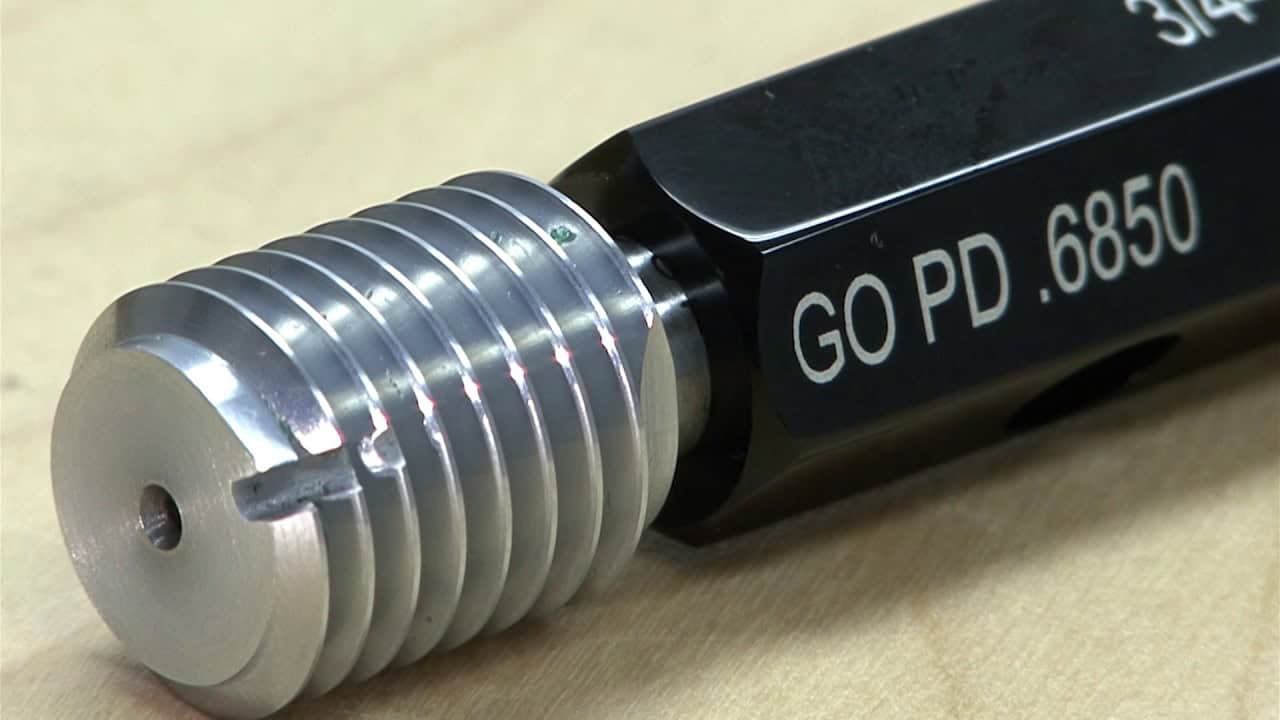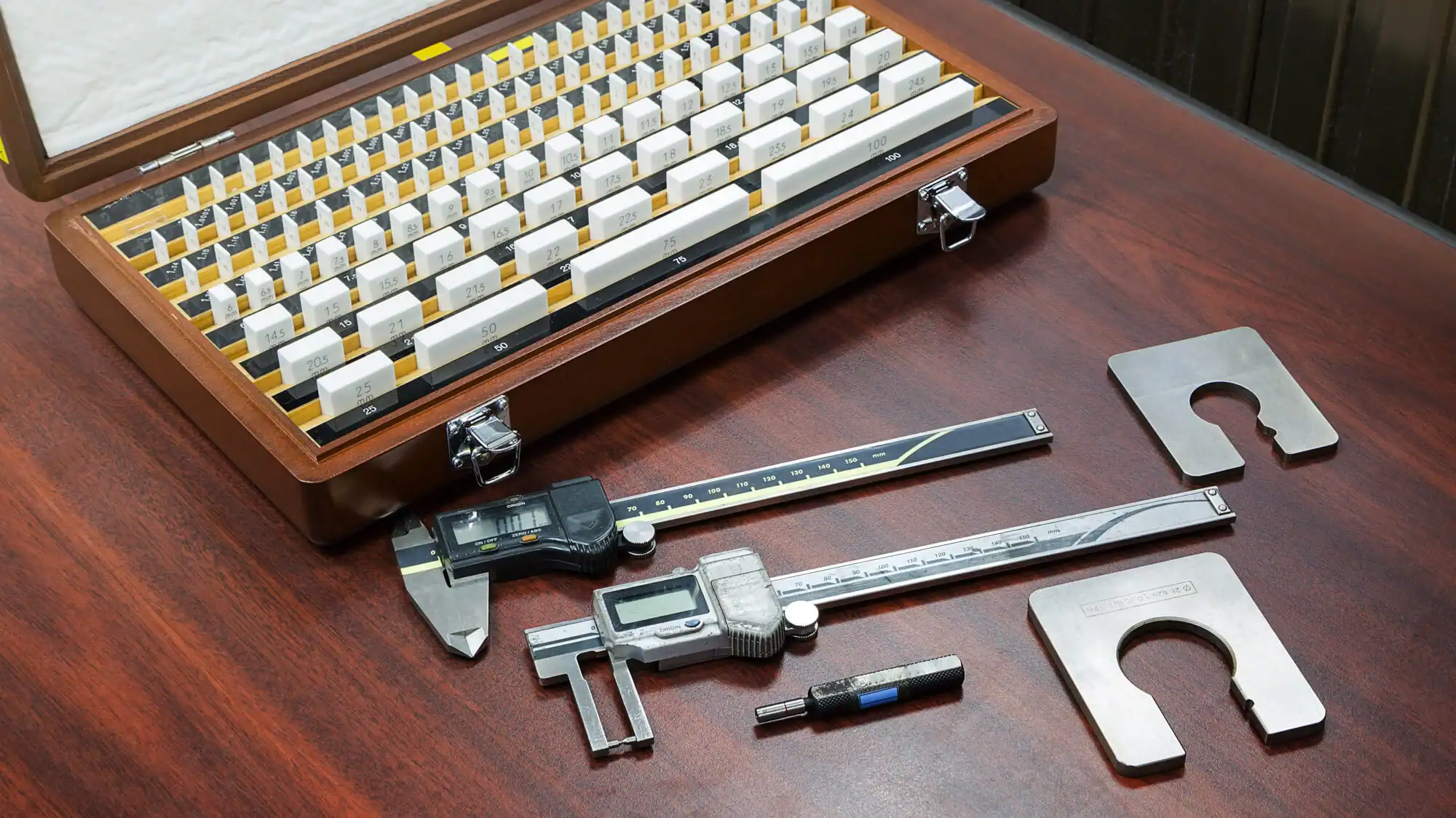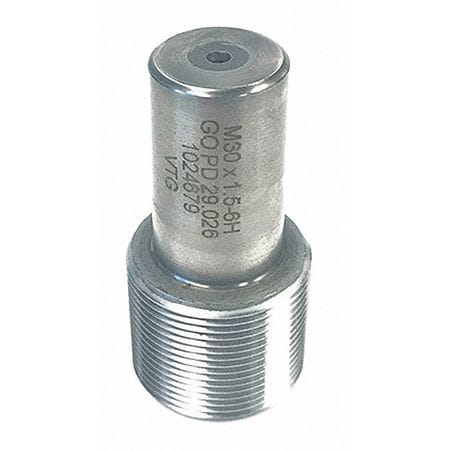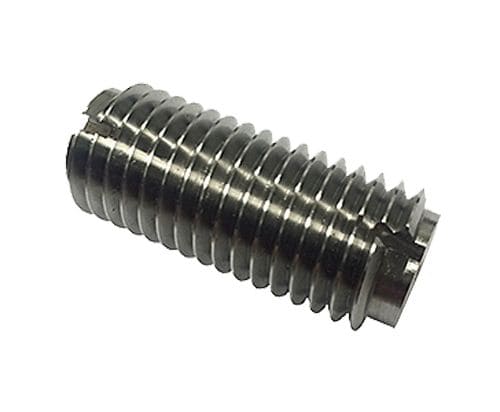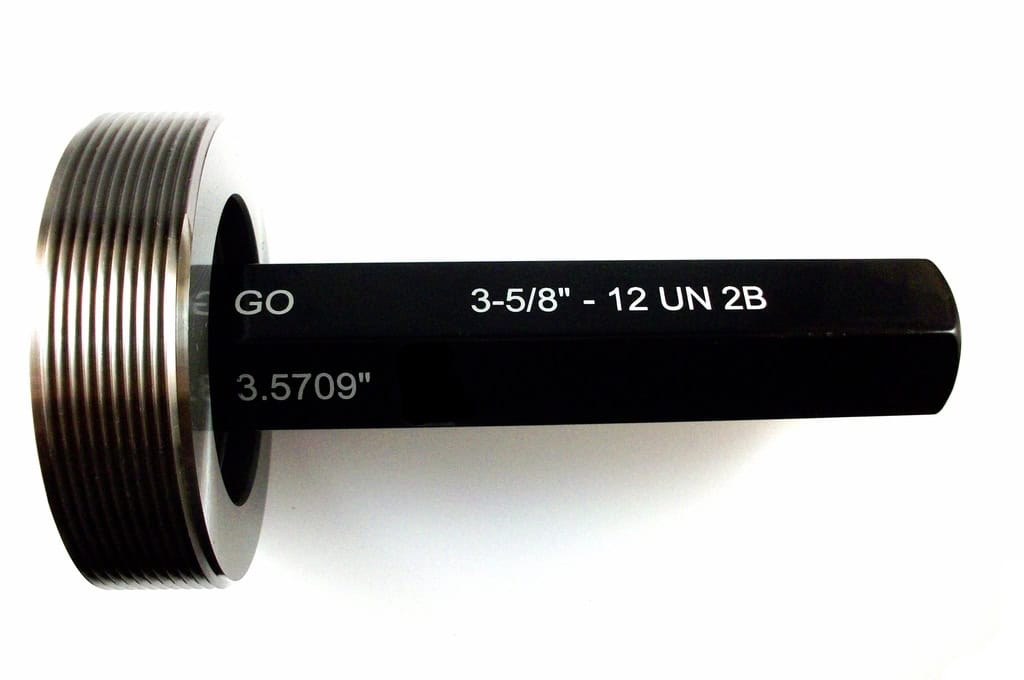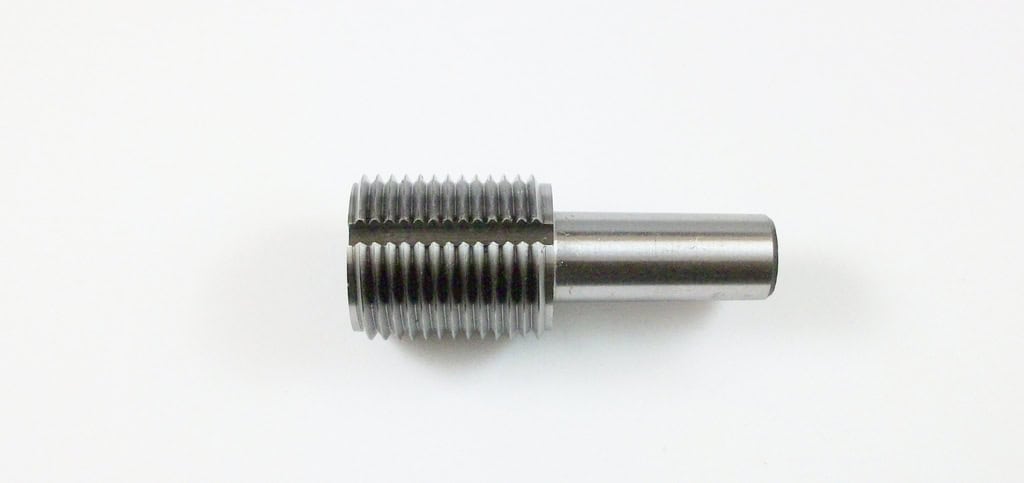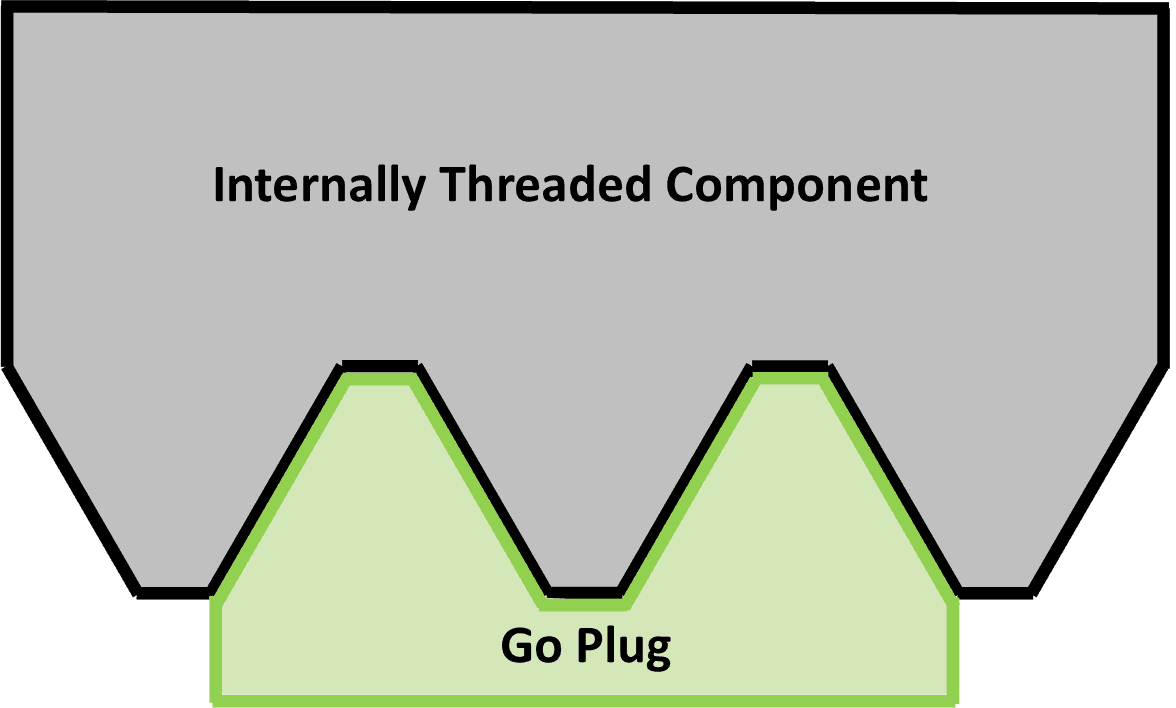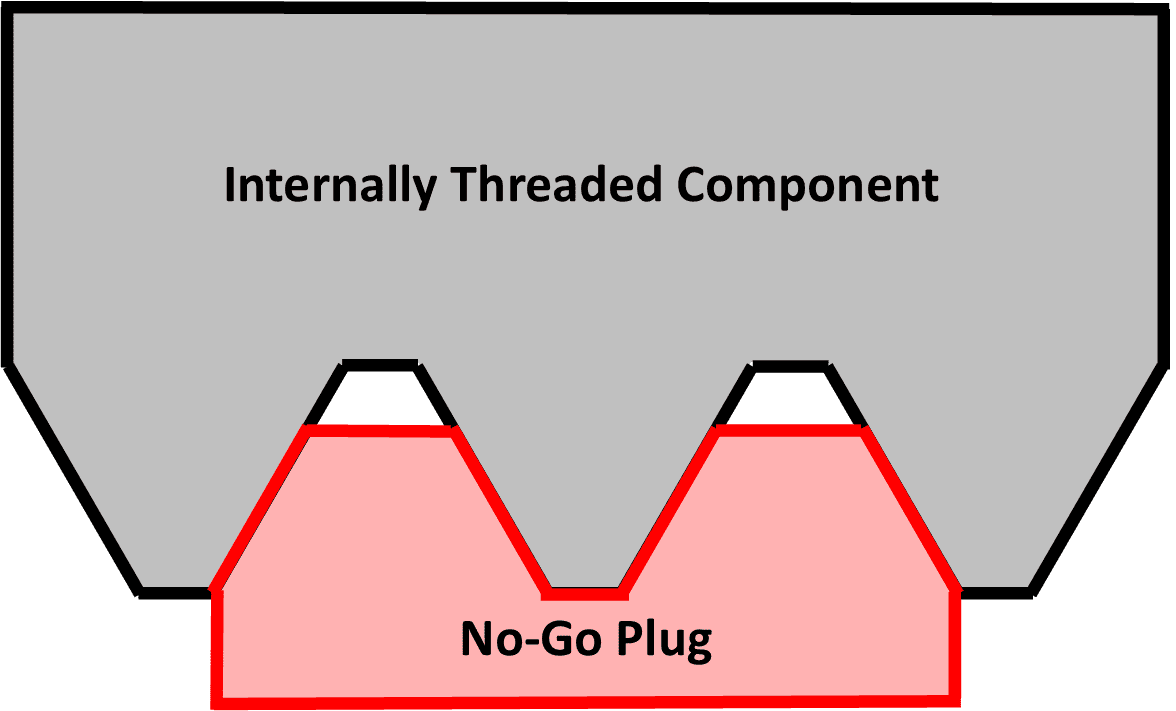- Calibration Services
- All Calibration Services
- Chemical Calibration
- Dimensional Calibration
- Electronics Calibration
- EMC Calibration
- Fiber Optics Calibration
- Flow Calibration
- Force Calibration
- Foundry Equipment Calibration
- Gaging Calibration
- Hardness Calibration
- Humidity Calibration
- Industrial Calibration
- Light Calibration
- Optical Calibration
- Precision Instruments Calibration
- Pressure Calibration
- RF Calibration
- Sound Calibration
- Surface Finish Calibration
- Temperature Calibration
- Time & Frequency Calibration
- Torque Calibration
- Volume Calibration
- Weight Calibration
- View All Manufacturers
- Onsite Calibration
- Contract Measurement
- Repair
- Sales
- Metrology360
- Training
- Quality
- Calibration Services
- Main Menu
- All Calibration Services
- Chemical Calibration
- Dimensional Calibration
- Electronics Calibration
- EMC Calibration
- Fiber Optics Calibration
- Flow Calibration
- Force Calibration
- Foundry Equipment Calibration
- Gaging Calibration
- Hardness Calibration
- Humidity Calibration
- Industrial Calibration
- Light Calibration
- Optical Calibration
- Precision Instruments Calibration
- Pressure Calibration
- RF Calibration
- Sound Calibration
- Surface Finish Calibration
- Temperature Calibration
- Time & Frequency Calibration
- Torque Calibration
- Volume Calibration
- Weight Calibration
- View All Manufacturers
- Onsite Calibration
- Contract Measurement
- Repair
- Sales
- Metrology360
- Training
- Quality
- About
- Events + Webinars
- Resources
- Blog
- Contact Us
- Careers


